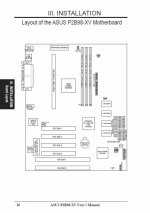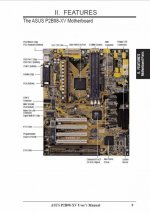clh333
Veteran Member
I saved the motherboard, PII CPU and memory from an HP system that I once owned - I think it was Win98 but it doesn't matter for this discussion. I'm running the board once again, this time with Novell DOS v.7 as the OS. This board is interesting because it has a split ISA / PCI configuration and I'm going through old hardware to see what still works. Some of the support software is on 5.25 disks.
The Phoenix BIOS, V4, rev 6, dated 9/28/98 allows one "legacy" diskette, and choices are 360, 720, 1.2, 1.4 and none. The on-board FDC recognizes only a 1.4 3.5-inch drive. I have tried mounting various 5.25 drives with no success. I swapped cables and drives and jumper positions all to no avail, even though a given drive will be recognized on another system.
This leaves me with three alternatives, none of which are easy: Try a BIOS update (and as yet I haven't found one), add a second controller card in one of the ISA slots, or forget trying to mount a 5.25. I have a couple of ISA controller cards: a DTC and a Maxtor. I have no documentation for either, alas. The on-board FDC can be disabled, and in theory the ISA card could be used for both the HD and floppies, but when I tried this the machine would not boot.
I'm hoping someone here has insight into this problem and can suggest a solution.
Thanks.
The Phoenix BIOS, V4, rev 6, dated 9/28/98 allows one "legacy" diskette, and choices are 360, 720, 1.2, 1.4 and none. The on-board FDC recognizes only a 1.4 3.5-inch drive. I have tried mounting various 5.25 drives with no success. I swapped cables and drives and jumper positions all to no avail, even though a given drive will be recognized on another system.
This leaves me with three alternatives, none of which are easy: Try a BIOS update (and as yet I haven't found one), add a second controller card in one of the ISA slots, or forget trying to mount a 5.25. I have a couple of ISA controller cards: a DTC and a Maxtor. I have no documentation for either, alas. The on-board FDC can be disabled, and in theory the ISA card could be used for both the HD and floppies, but when I tried this the machine would not boot.
I'm hoping someone here has insight into this problem and can suggest a solution.
Thanks.



